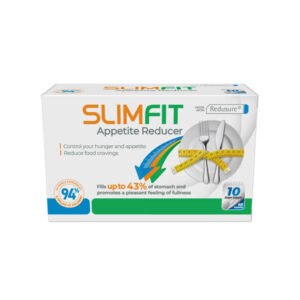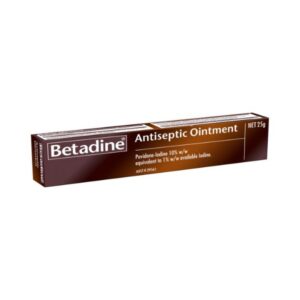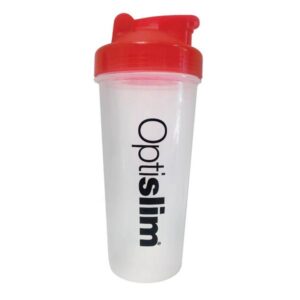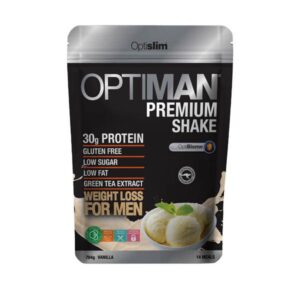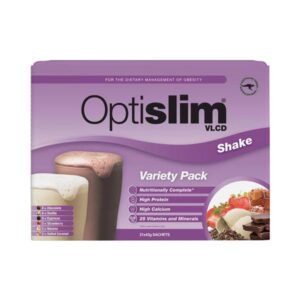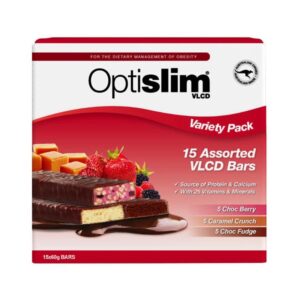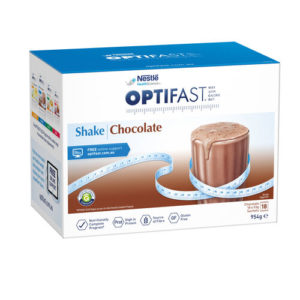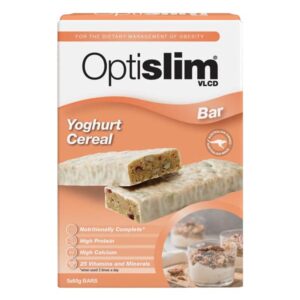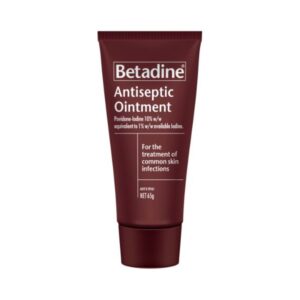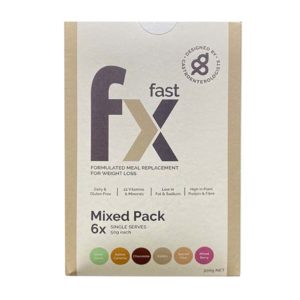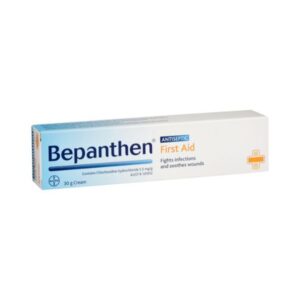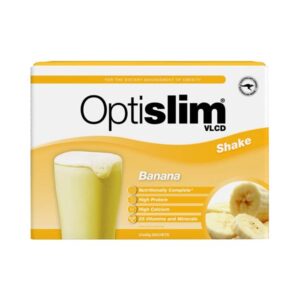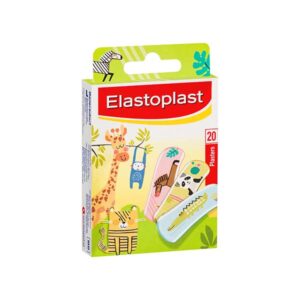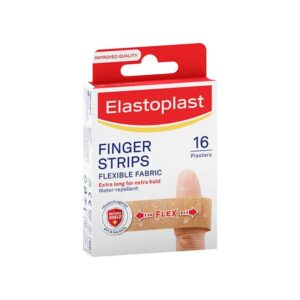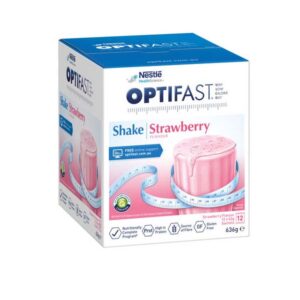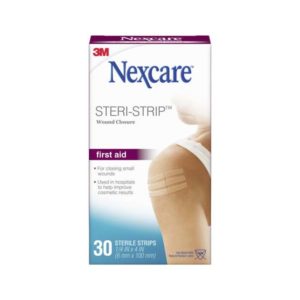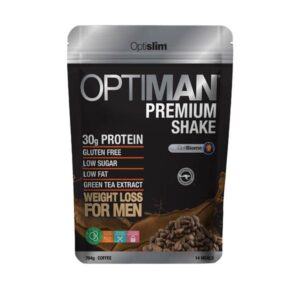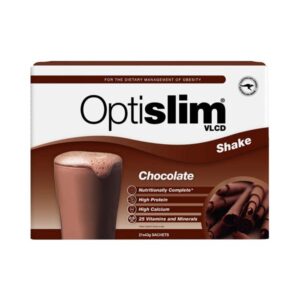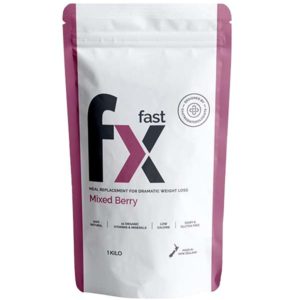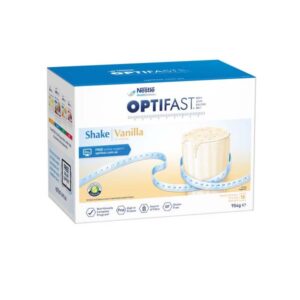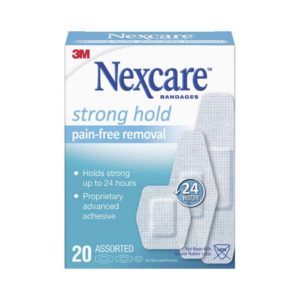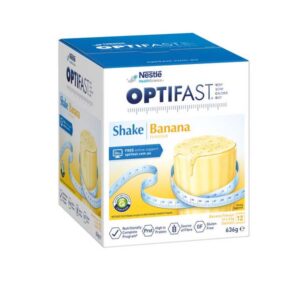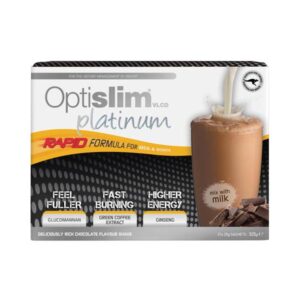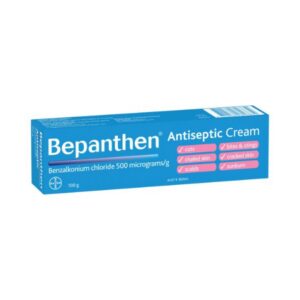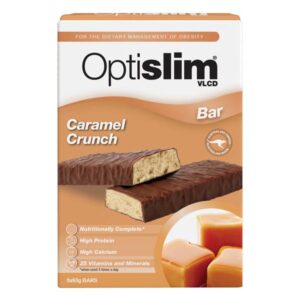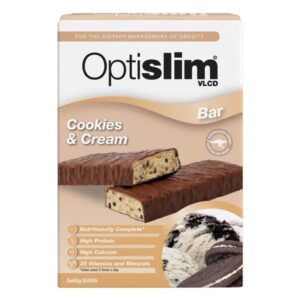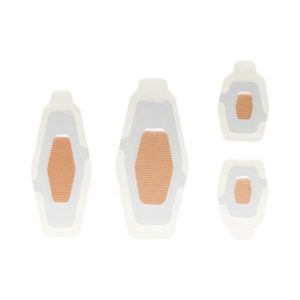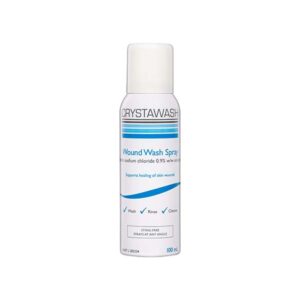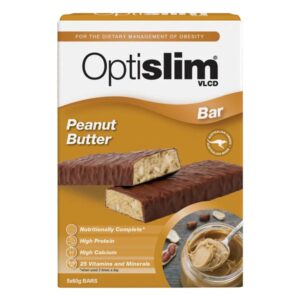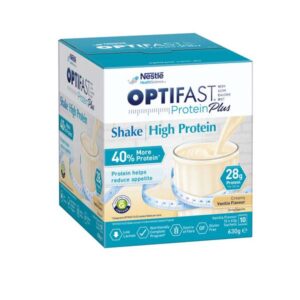- 0508 966 622
- help@zoompharmacy.co.nz
- Mon - Fri: 8:30 - 16:00
Varicose veins are swollen, twisted, bulging veins that often appear on the legs or ankles. The condition is commonly associated with pregnant or older women, but the condition is common for older men too. While the symptoms of varicose veins are typically harmless and cosmetic, it is possible for complications to occur. In this article we will provide an overview of varicose veins, the causes, symptoms, self-care options, and treatments available.
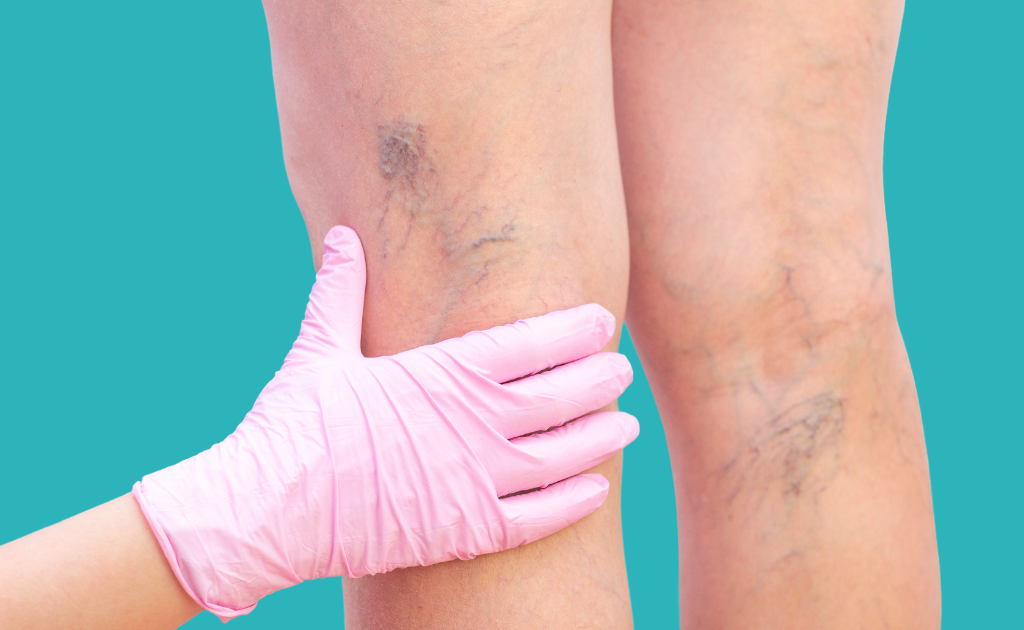
Varicose veins are a common condition where veins become enlarged, swollen, appear twisted, and are usually blue or dark purple coloured. They usually affect the veins in the legs and are common in both men and women. While varicose veins are often a cosmetic condition only affecting appearance, some people may experience uncomfortable side effects or complications if it is left untreated.
Varicose veins occur when your veins are not functioning normally. Veins are blood vessels that carry oxygen poor blood to your heart. They work together with rest of your circulatory system and your heart to keep blood moving throughout your body. To prevent blood from traveling the wrong way your veins have one-way valves. When these valves fail, blood can backflow.
This backflow and pooling below the affected valve create increased pressure on the vein, leading to it expanding and stretching. This most commonly occurs in the legs as these veins are the farthest from your heart and gravity means the pressure on the veins of the lower body is stronger when you are standing.
Some potential causes for varicose veins include:
If veins are not functioning properly and varicose veins develop the primary symptoms may include:
Other symptoms may include:
If symptoms caused by varicose veins are minor or only cosmetic your doctor may recommend lifestyle changes and self-care practices to prevent varicose veins from becoming worse and reduce discomfort. These recommendations could include:
Surgical and non-surgical treatments are available for varicose veins. It’s common for people with varicose veins to get treatment both due to symptoms or for cosmetic reasons. If you are interested in advice and treatment for varicose veins, ask your doctor for a referral to a vascular surgeon.
The method recommended will often depend on your varicose vein size, location, and other symptoms.
If left untreated or unmanaged varicose veins may develop and have complications. These complications may include:
Ulcers: varicose veins can cause painful ulcers to form on the skin near them. Typically, these ulcers form where the skin is dark and discoloured.
Bleeding: the skin above the affected veins is more susceptible to cuts and nicks, which may cause varicose veins near the surface of your skin to bleed.
Phlebitis: inflammation of the vein caused by blood clotting or damage to the vein wall.
Deep Vein Thrombosis (DVT): people with varicose veins are at a higher risk of DVT, a blood clot forming in the deep veins.
